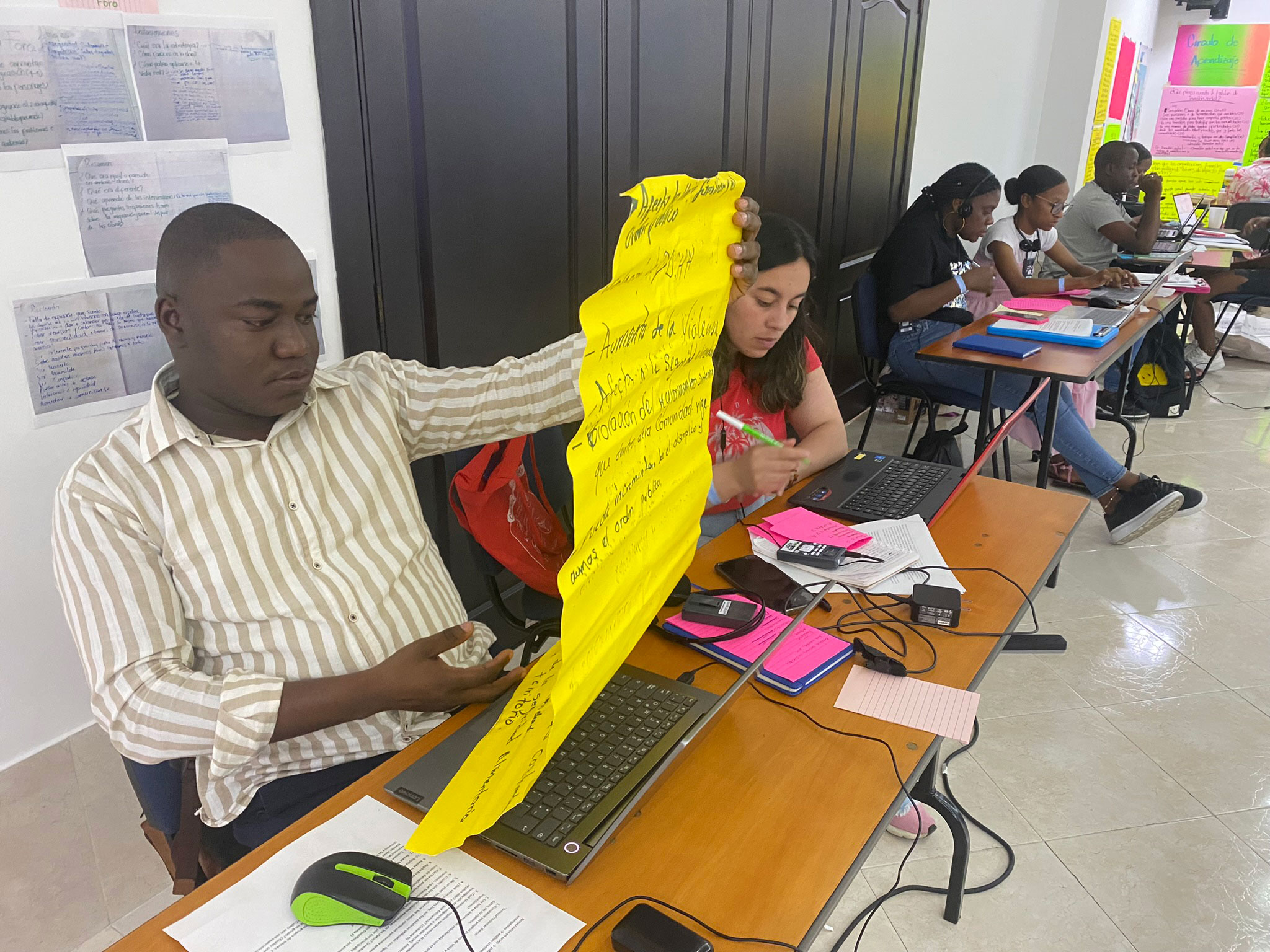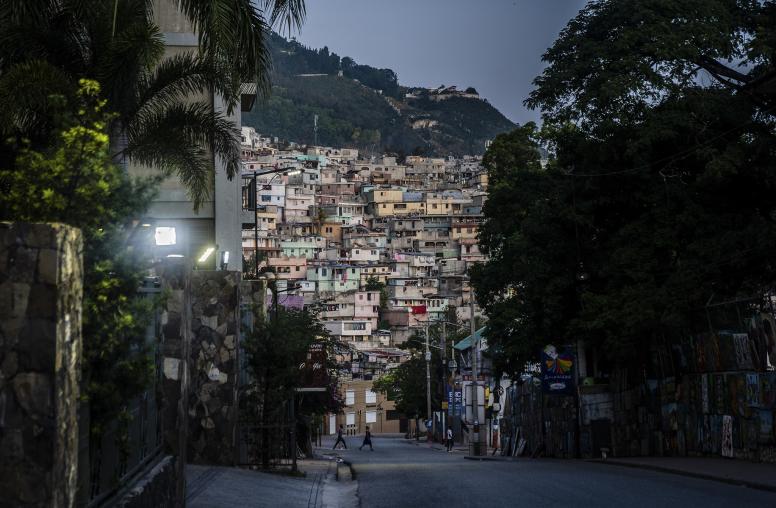Youth-Led Participatory Action Research for Peacebuilding in Colombia
A USIP Fact Sheet
Colombia’s ongoing 50-year internal armed conflict has created inequities and violence throughout the country. The conflict has claimed over 260,000 Colombian lives and affected over 8 million victims. Young people have been one of the most affected populations of the conflict. Thirty-two percent of all victims are under 18 and 50 percent are under 28. Various nationwide studies suggest that nearly 17,000 young people under 18 have been illegally recruited by armed groups and criminal gangs.
In 2016, youth emerged as a pivotal force, driving the mobilization of the peace agreement with the FARC rebels and showcasing their exceptional capacity to transform the Colombian society. Yet, youth continue to disproportionately suffer abuses committed by a myriad of other actors in the ongoing armed conflict. Young social leaders continue to request the implementation of key stipulations of the FARC agreement and demand accountability of their elected officials. They face direct threats and recruitment efforts from the remaining insurgent movements and paramilitary successor groups that have expanded their control in the wake of the FARC’s successful demobilization.
Building a stable and long-lasting peace in Colombia requires participation from all sectors in society, especially those traditionally marginalized, including youth.
Youth, Peace and Security
In 2015, U.N. Security Council Resolution 2250 placed youth at the center of policies on peace and security for the first time. The resulting Youth, Peace and Security (YPS) agenda counters the narrative that young people are either victims or perpetrators of violent conflict, focusing instead on the important role young people play in promoting peace globally and in their communities.
USIP has been active in implementing the YPS agenda by monitoring and participating in policy discussions and supporting youth-led initiatives in conflict-affected communities across the world. The Institute’s new participatory action research (PAR) program will further strengthen USIP fellows’ capacity to elevate youth and community voices through community-based research.
USIP’S Work
Since 2013, the USIP has engaged youth leaders in conflict-affected communities around the world to strengthen their capacity to build peace through the Generation Change Fellows Program (GCFP) and other youth-centered programming. During strategic program design sessions, Generation Change Fellows have explicitly asked for the development of research capacities in order to be more impactful in government decision-making.
USIP applies PAR to further strengthen youth leaders’ capacities to contribute to positive social change. The PAR approach to research focuses on the co-generation of knowledge with community-level stakeholders and traces its early roots back to Colombia with the work of sociologist Fals Borda in the 1970s.
First piloted with fellows in Kenya in 2017, USIP’s PAR program has proven to be effective at equipping youth with the skills and tools needed to create knowledge and generate local possibilities for change that are rooted in the diverse experiences and perspectives of conflict-affected contexts.
In post-conflict contexts, the PAR approach functions as a peacebuilding tool. It has the potential to facilitate collaborative action toward shared goals and understandings, particularly in polarized societies. PAR processes build the capacity of people in the community who possess knowledge rooted in the daily lived experience of the issues being researched and support them as they gather information, analyze and generate practical and applied solutions driven by their needs and aspirations. PAR focuses strongly on impact using research as a mechanism for bringing diverse and sometimes conflicted stakeholders together to generate a multidimensional view of the problem as well as potential solutions originating from various viewpoints.
Components of the Research Program
USIP works with 20 youth peacebuilders across eight of Colombia’s departments, including the capital: Bogotá, Atlántico, Antioquia, Bolivar, Cauca, Córdoba, Chocó, Caquetá and Cundinamarca. These 20 young peacebuilders are co-designers and co-researchers in USIP’s PAR process.
The research program is composed of a training program followed by an implementation phase, which includes two complete cycles of research. The two cycles of research activities ensure that the capacities of youth leaders are sufficiently strengthened, first through practice and subsequently through facilitating PAR with others. The research activities conducted within the process are steppingstones for the youth peacebuilders to acquire the capacity to embed community-based research in their peacebuilding organizations and to conduct PAR activities in their own communities after the project concludes. The major components of the program include:
- Training and Mentorship. Participants begin with a training, featuring an online course on USIP’s Global Campus as well as research mentoring and support through the full two years of the program.
- A Shared National Inquiry. In Research Cycle 1, the 20 participants will develop their understandings of the theory and practice of PAR by conducting a single, shared and national-level action inquiry across 13 municipalities.
- Parallel Local Inquires. In Research Cycle 2, the PAR researchers will further cultivate their skills by coaching and mentoring community youth leaders in their territories to facilitate PAR community-based inquiries.
USIP works with 19 youth peacebuilders in eight of Colombia’s departments: Atlántico, Antioquia, Bolivar, Cauca, Córdoba, Chocó, Caquetá, and Cundinamarca. These peacebuilders represent Colombia’s diverse ethnic populations, with Afro-descendant and indigenous voices, who are often marginalized in participatory processes. They are co-designers and co-researchers in USIP’s PAR process.



